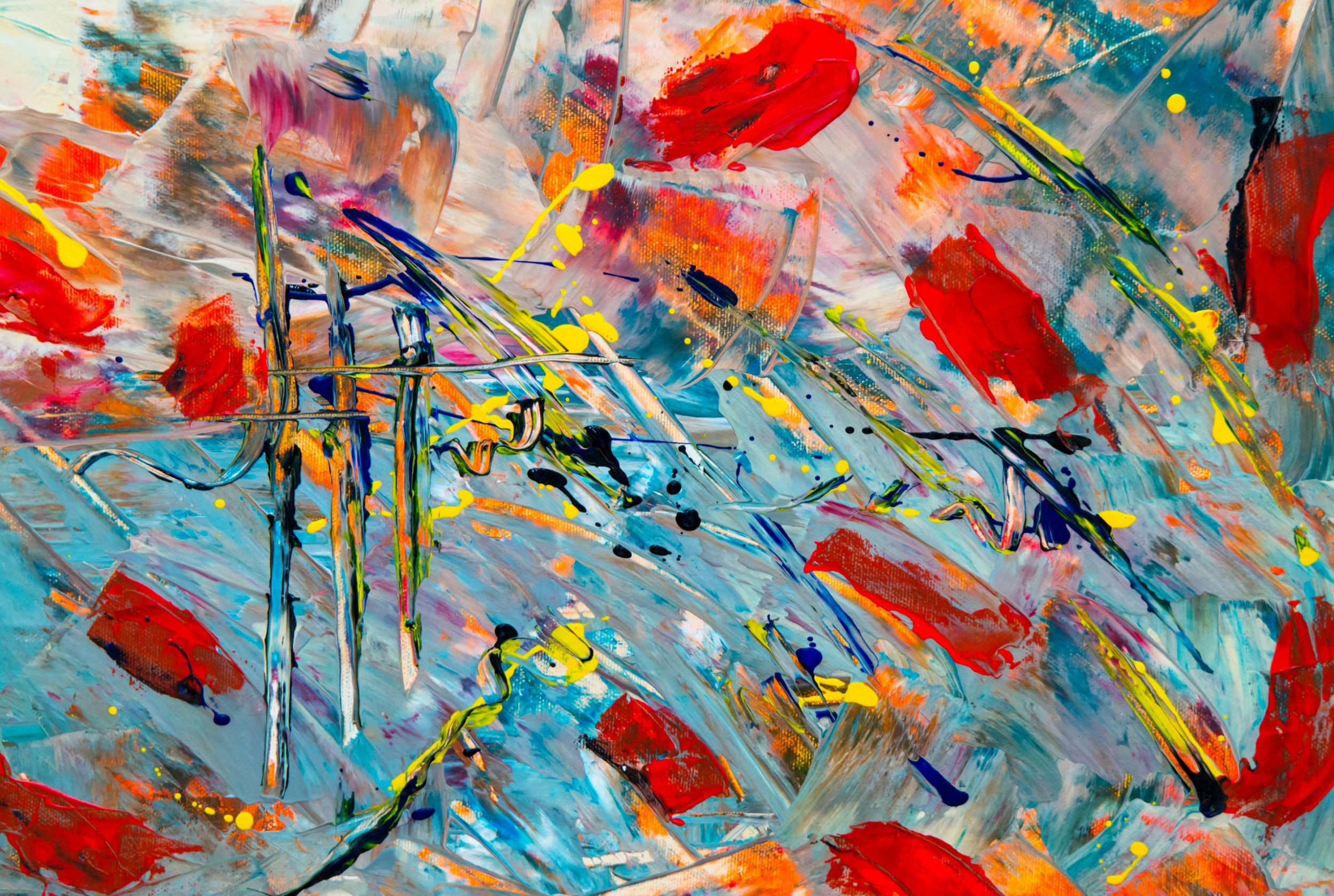Photography has undergone a significant transformation over the past few decades, with the shift from film to digital technologies. While film photography has a timeless charm and appeal, digital photography offers a range of benefits and possibilities that were previously unimaginable. In this article, we will explore the evolution of art photography techniques from film to digital and how photographers can leverage these advancements to enhance their craft.
The Era of Film Photography
In the early days of photography, film was the primary medium used to capture images. Photographers had to carefully load film into their cameras, adjust settings such as aperture and shutter speed, and manually focus their shots. Developing film required a darkroom and specific chemicals, making the process both time-consuming and costly.
Despite these challenges, film photography produced images with a unique aesthetic quality that many photographers still appreciate today. The grainy texture, rich colors, and soft focus of film photos evoke a sense of nostalgia and artistry that is hard to replicate with digital technology.
The Digital Revolution
With the advent of digital cameras, photographers were introduced to a whole new world of possibilities. Digital photography offered instant feedback, allowing photographers to review their shots immediately and make adjustments on the fly. The ability to shoot hundreds of photos without the cost of film or developing also opened up new creative avenues for photographers to explore.
Digital cameras are equipped with advanced features such as autofocus, image stabilization, and High Dynamic Range (HDR) that enhance the overall quality of images. Post-processing software like Adobe Photoshop and Lightroom allow photographers to fine-tune their photos, adjusting everything from exposure and color balance to sharpness and noise reduction.
Mastering Art Photography Techniques
Whether you prefer the traditional charm of film photography or the convenience of digital technology, mastering art photography techniques requires a combination of technical skill and artistic vision. Here are some tips to help you elevate your photography to the next level:
Experiment with Different Settings
Take the time to explore your camera’s settings and experiment with different techniques such as long exposure, HDR, and bokeh. Each setting has its own unique effect on the final image, so don’t be afraid to push the boundaries and try new things.
Focus on Composition
Composition is key to creating visually striking photos. Pay attention to elements such as framing, leading lines, and the rule of thirds to create balanced and engaging compositions. Remember, sometimes less is more – don’t clutter your frame with unnecessary distractions.
Find Your Style
Developing your own artistic style is essential to setting yourself apart as a photographer. Experiment with different genres such as landscape, portrait, and macro photography to discover what resonates with you the most. Embrace your unique perspective and use it to tell compelling visual stories.
Conclusion
Art photography techniques have evolved significantly over the years, from the era of film to the digital revolution. Whether you prefer the classic charm of film photography or the convenience of digital technology, there is no one-size-fits-all approach to capturing stunning images. By mastering technical skills, experimenting with different settings, and honing your artistic vision, you can elevate your photography to new heights and create truly breathtaking works of art.

